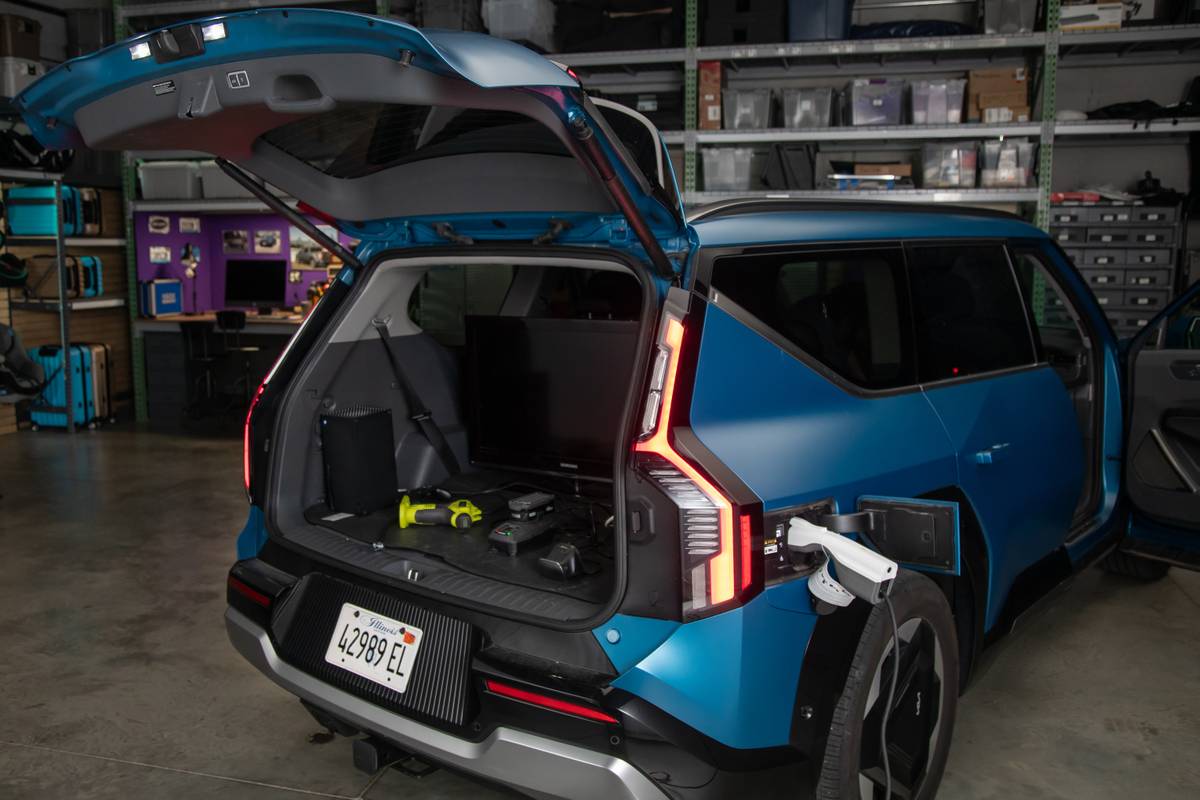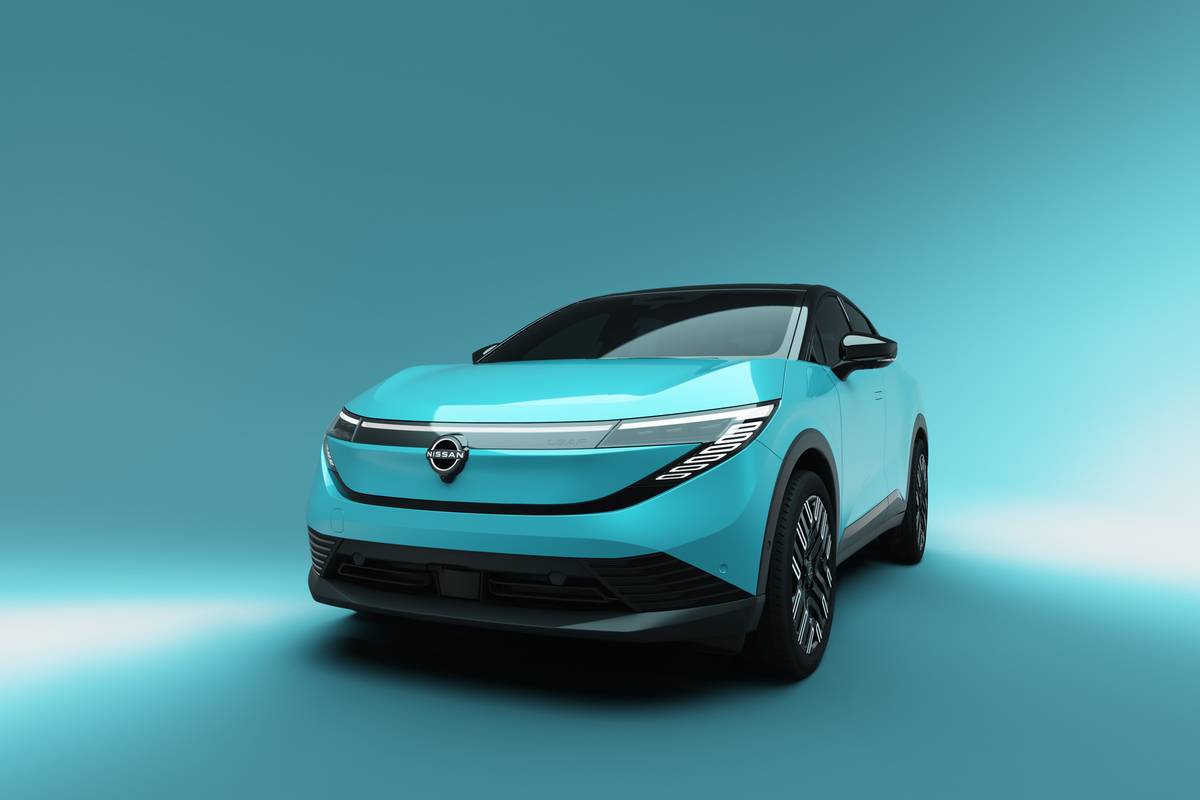Boston.com's view
Honda Civics are part of the American driver’s lexicon. Save for the Toyota Corolla, no other car has branded our psyches as the go-to choice for cheap, fun, and utterly dependable transportation.
My high school track coach drove a 1970s-era Civic hatch (in the year 2002), young and old keep them past 200,000 miles, and there’s no shortage of loud, street racer-type Civics crawling through every city. Thieves adore them, too. A friend at work had his Civic stolen, twice (the third time, all the seats went missing). These cars don’t die.
Like most early Japanese cars, the first Civics rusted soon after they hit our shores in 1972. But plenty of good memories — the 50-mpg CRX, the hot Si, the del Sol roadster of the 1990s — were enough to keep Americans coming back, again and again. Millions upon millions have been sold, and they continually outsell every American passenger car each year, big or small.
There’s a lot to like about this ninth-generation Civic. The peppy, fuel-efficient engine, smooth transmission, roomy interior, and large trunk nail the basics. But when poking deeper, you get the feeling Honda designers got as cushy as the car’s suspension, thinking the compact car market would remain as it was five years ago — that is, without any real competition from Ford, Chevy, Kia, or Hyundai.
For the first time perhaps ever, the almighty Honda Civic, which gets better and better with each generation, disappoints.
Unlike all of those automakers, Honda hasn’t made any leaps in technology, style, or convenience features for its new Civic. I don’t think Honda needed to get all new-agey and drop a Chris Bangle crease across the body, but something to advance the Civic’s avant-garde shape would have been welcome. With its generic taillights and shorter wheelbase, the 2012 Civic looks older than the model it’s replacing.
You feel it as soon as you shut the door. Instead of a reassuring thunk as in the 2012 Ford Focus and 2011 Chevrolet Cruze, the Civic’s four doors shut with a hollow clang. Honda says the new Civic is lighter, which no doubt boosts fuel economy, but heavier doors would feel more reassuring (though with standard side airbags, the new Civic is rated “Good” by the IIHS for its side impact protection).
No fewer than four different grains of plastic cover the dash and doors — why not pick two that really go together? — and the effect is hard and scrappy-looking, like on the Insight hybrid. The thin cloth upholstery and coarse mouse-fur headliner are the Civic’s most signature elements. And this is the upper-level EX trim, the model one step below the top-of-the-line, leather-trimmed EX-L.
How about the new steering wheel buttons that control the new LCD display for phone, radio, and the trip computer? Often times you have to use the combination volume/scroll knob on the dash to select a menu item, which kind of kills the point of keeping your hands on the wheel.
Am I being too hard on a $21,000 car? Not after driving the Cruze and Focus, both of which sticker at the same price. They’re quieter, plusher, and drive and feel like cars costing $10,000 more. Even the brand-new Hyundai Elantra, which can be loaded to the teeth for $23,000, offers optional heated rear seats among its many upscale appointments. They’re all more fashionable with just as good, if not better, fuel economy. Really, what was Honda trying to beat, a 2007 Chevy Cobalt? A 2008 Kia Spectra? The latest Toyota Corolla?
Granted, it’ll take several generations of Hyundais, Chevys, and Fords for Honda loyalists to defect. The Civic, as always, is a dead reliable and affordable compact, but there are too many stronger players now to recommend a Honda that feels half-baked.
Latest news



